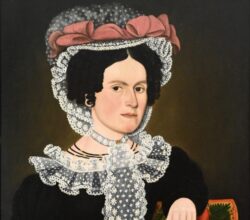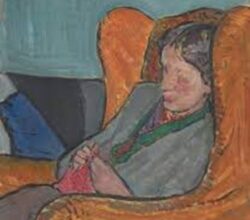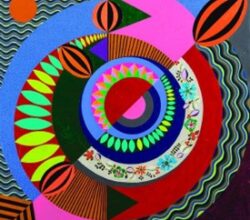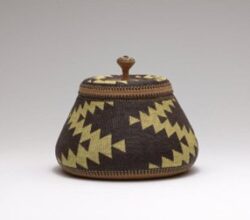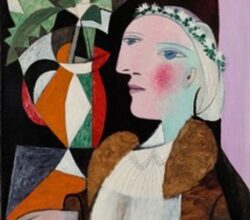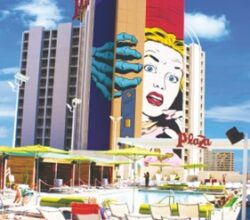
Art and Ecstatic Ambience in Las Vegas’s Neon Vortex
Chen and Lampert | Art in America | 27th August 2025
If you want to know what art looks like “outside Tribeca”, try Las Vegas. These writers discovered the art there is “hospitality grade … a collision of art and entertainment”. Gigantic murals are so large “people cannot help but notice”. Their highlight, at the Bellagio, was a “world-class exhibition tucked between a Perrotin gift shop and a craps table. Art here doesn’t just survive—it thrives on spectacle, excess, and sparkle. … [and one day will] have its own wing in the Smithsonian.”

